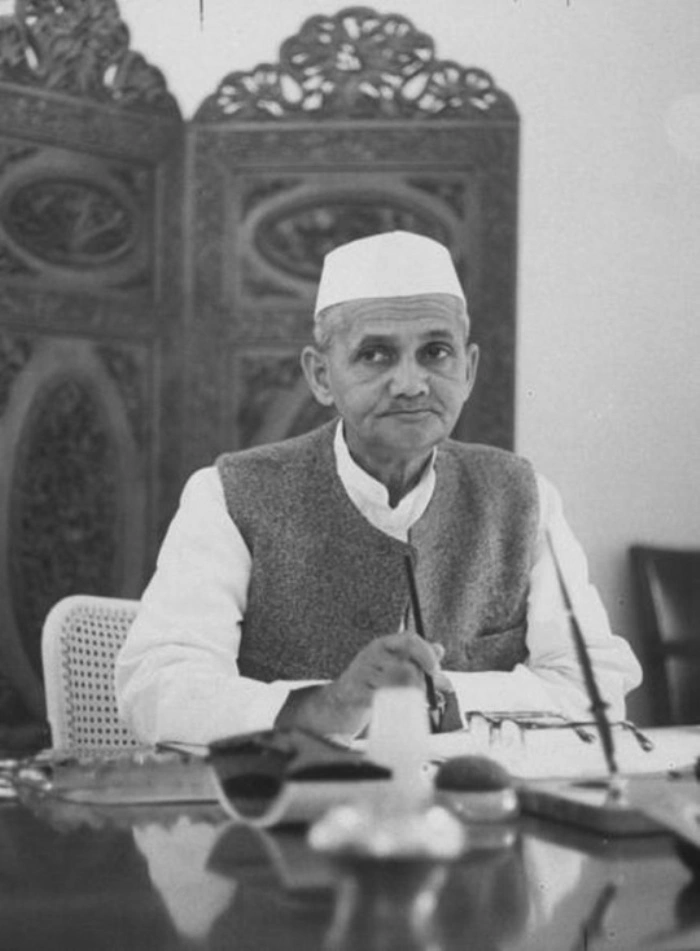Lal Bahadur Shastri is a name that might not immediately come to mind when one thinks of India’s great leaders, but a man whose impact on the nation is indelible.
Birth
Lal Bahadur Shastri was born on October 2, 1904, in the small town of Mughalsarai in Uttar Pradesh, Shastri Ji emerged as a symbol of simplicity, honesty, and dedication. He became the second Prime Minister of India.
Early Life and Education
Lal Bahadur Shastri’s early life was marked by humble beginnings and a commitment to education. He was born in a family of modest means and had to overcome several challenges to access quality education. His father, Sharada Prasad Srivastava, was a school teacher. It was in his household that Shastri’s reverence for knowledge took root.

Young Shastri Ji showed great promise in his studies, and his family’s meager resources did not deter him from pursuing education. It was during his years as a student at Kashi Vidyapeeth in Varanasi which made him take part in the Freedom Movement.
Champion of Simplicity
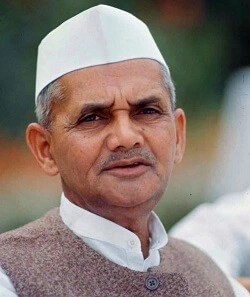
Throughout his life, Shastri Ji epitomized simplicity and humility. He lived a frugal life, and his personal choices were always in line with the values he held dear. As a government official, he refused to use government vehicles for personal purposes and chose to live in a simple home. His signature white khadi attire became a symbol of his simple lifestyle. This commitment to austerity was not just a matter of personal choice; it was an expression of his deep empathy for the common man, a quality that endeared him to the masses.
Role in Freedom Movement
Lal Bahadur Shastri played a significant role in India’s freedom movement and post-independence political developments. While he is often associated with his tenure as India’s Prime Minister, it’s important to recognize his contributions during the freedom struggle and in the early years of independent India. Here’s a brief overview of Shastri Ji’s involvement in freedom movements:
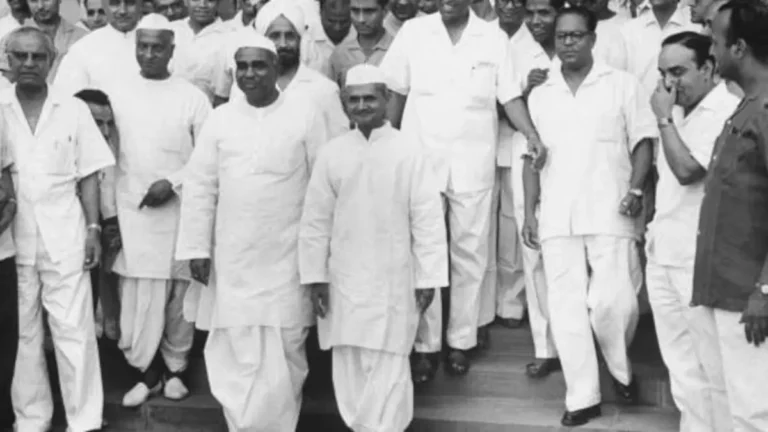
1. Non-Cooperation Movement: Lal Bahadur Shastri’s active participation in the Indian freedom movement began with the Non-Cooperation Movement in 1920. He was a student at Kashi Vidyapeeth in Varanasi at the time. Shastri Ji joined the movement and became an active participant.
2. Salt Satyagraha: In 1930, when Mahatma Gandhi launched the Salt Satyagraha, which involved the illegal production and sale of salt to defy British salt laws, Lal Bahadur Shastri actively participated. He played a role in organizing protests and demonstrations in his home province of Uttar Pradesh. His involvement in the Salt Satyagraha led to his arrest by British authorities.
3. Civil Disobedience Movement: During the Civil Disobedience Movement (1930-1934), Shastri Ji continued to be a committed freedom fighter. He was arrested multiple times for his active participation in protests against British rule, including his involvement in the boycott of foreign goods and institutions.
4. Imprisonment: Shastri Ji’s activism led to several spells of imprisonment. He spent a total of nine years in jail for his participation in various freedom movement activities, which included advocating for non-violence, organizing protests, and working to foster unity among the people.
5. Post-Independence Contributions: After India gained independence in 1947, Lal Bahadur Shastri shifted his focus to nation-building and politics. He held various important ministerial positions, including Minister of Railways and Minister of Transport and Communications. He also served as the Minister of Commerce and Industry, where he worked to develop India’s industrial and trade policies.
Political Journey
Shastri Ji’s entry into politics came during the Indian independence movement, where he actively participated in protests and rallies. His association with Mahatma Gandhi and his commitment to non-violence made him a respected figure within the Indian National Congress. After India gained independence in 1947, Shastri Ji held several important ministerial positions, including the crucial role of Minister of Railways.
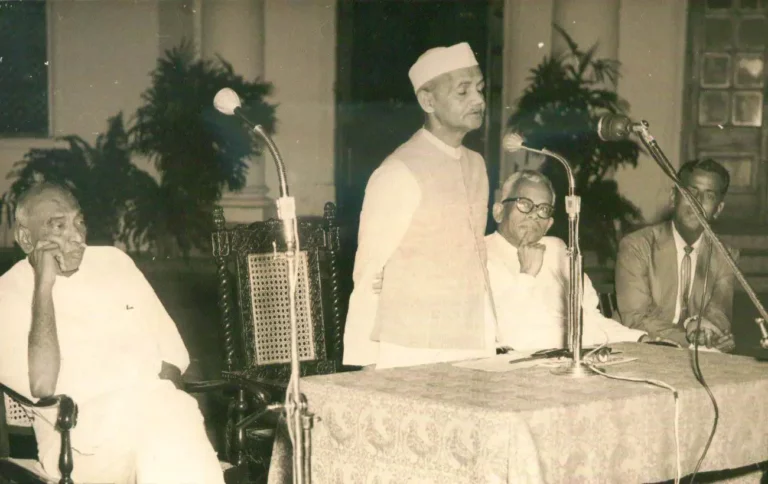
However, it was during his tenure as Prime Minister that Shastri Ji’s leadership qualities truly shone. In 1964, he succeeded Jawaharlal Nehru as India’s Prime Minister, inheriting a challenging period for the country.
Champion of Agricultural Revolution
Shastri Ji’s leadership during his tenure as Prime Minister was marked by two significant challenges: the Indo-Pak War of 1965 and the need to address India’s food shortage. During the war, he displayed tremendous courage and conviction, guiding India to a ceasefire with Pakistan, maintaining the country’s honour while also promoting peace. It was his famous slogan, “Jai Jawan, Jai Kisan” (Hail the Soldier, Hail the Farmer), that encapsulated his priorities during this difficult time.
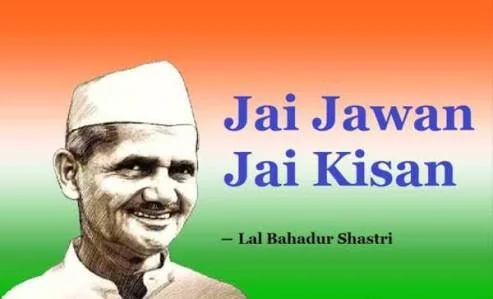
To address the food shortage, Shastri Ji championed the Green Revolution, which focused on increasing agricultural productivity through the use of high-yield seeds, irrigation, and modern farming techniques. His policies and leadership played a crucial role in transforming India from a food-deficit nation into a self-sufficient one, ensuring food security for millions.
Legacy
Lal Bahadur Shastri’s sudden demise in 1966 was a great loss to the nation. His tenure as Prime Minister, though relatively short, left a lasting impact on India. He was a leader who led by example, a man of unwavering principles, and a champion of the common man. His legacy lives on in the hearts and minds of the people of India, who remember him as a humble hero, a statesman of integrity, and a symbol of simplicity.
Lal Bahadur Shastri Jayanti
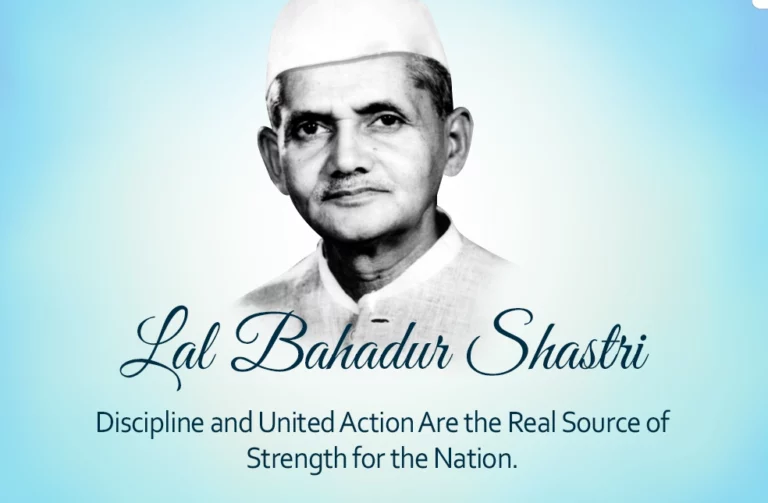
Shastri Ji’s birthday, October 2nd, is celebrated as Lal Bahadur Shastri Jayanti in India, a day to honour his memory and the values he stood for. His life and leadership serve as a source of inspiration for generations, reminding us that true greatness lies in one’s character, actions, and dedication to the betterment of society. Lal Bahadur Shastri’s legacy continues to shine brightly, reminding us that in simplicity and humility, one can find extraordinary strength and wisdom.

